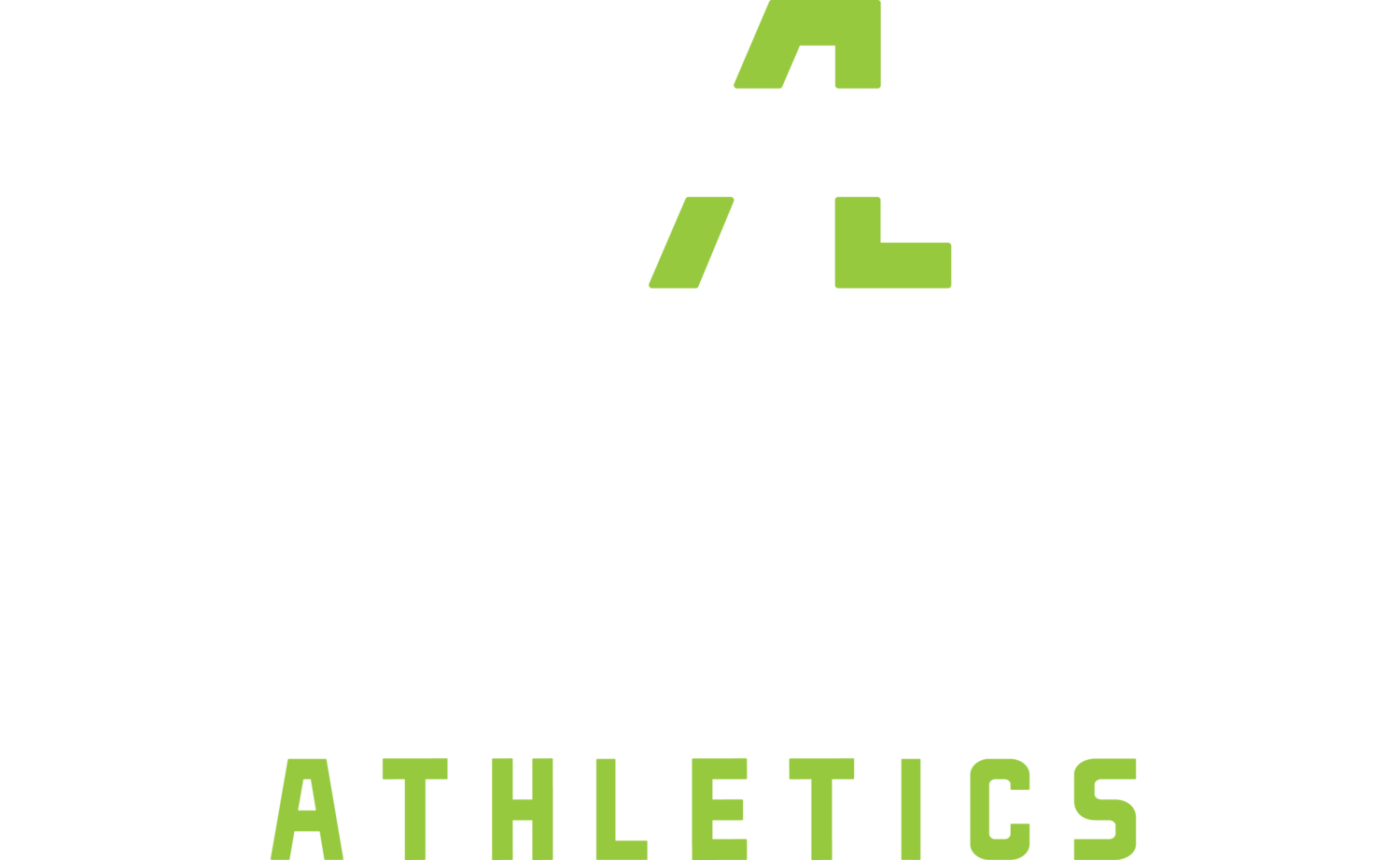In Bryce's blog, mobility was defined as "moving a joint freely through a range of motion". There are many causes to joint mobility. Bryce went though a list of five reasons mobility is vital to a training program. During the mobility seminar, Matt and Nic went into depth about immobility of a joint and drills to fix the immobile joint. But what if you didn't feel some of the stretches. What if you can move your hips too freely in the socket? What if you are "double jointed" and can bend your elbow in all directions. Hypermobility is also a cause for injury in a training program.
Hyper mobility is when the joint moves further and easily than most. There are a few reasons are hypermobile. The first is that it's inherited and the second is as a young child you participated in activities that encourage hypermobility. People tend to be hypermobile or "double jointed" due to the lack of muscular development. The body is a system and in order to work optimally, it's systems need to be balanced. A lot of times in hypermoility the ligaments (connect bone to bone) become too loose. This is a problem because ligaments do not have any recoil prperties. Meaning they don't bounce back from their end range of motion. If the muscles are in balance surrounding a joint that means the muscles instead of the ligaments take on the load. Most women think lifting is going to make them bulky, which we all know isn't true. In order to keep the joints stable, the muscles must be developedaround the joint in order to keep it from moving far and causing injury.
Loose joints can cause chronic pain in the surrounding joints. An example is stabilizing the trunk and head. If the muscles that are suppose to stabilize the head aren't strong enough, the neck stabilizers have to pitch in and overwork to help the lack of strength, which may cause a stiff neck, or chronic neck pain.
Many people don't second guess hypermobility. If they are loose, some may think of it as a good thing because they can squat and touch their butt to the ground with ease or touch their hands behind their back. During my freshman year of college, two weeks left of preseason, I tore my ACL. I did some research on ACL tears and talked to my physical therapist. One of the red flags she had was the hypermobility of my knees. With that hypermobility plus weakness in my glutes and hamstrings was a good recipe me to tear my ACL by just landing off a layup.
Woman are at the higher risk of injury because of the lack of muscular development. Continuing training and being healthy are most people's goals. In order to prevent setbacks from training, pay attention to how your body and joints are moving throughout the day. The body needs to be balanced. When the body is in balance you will have less pain, fewer injuries, healthier joints, and move better.



